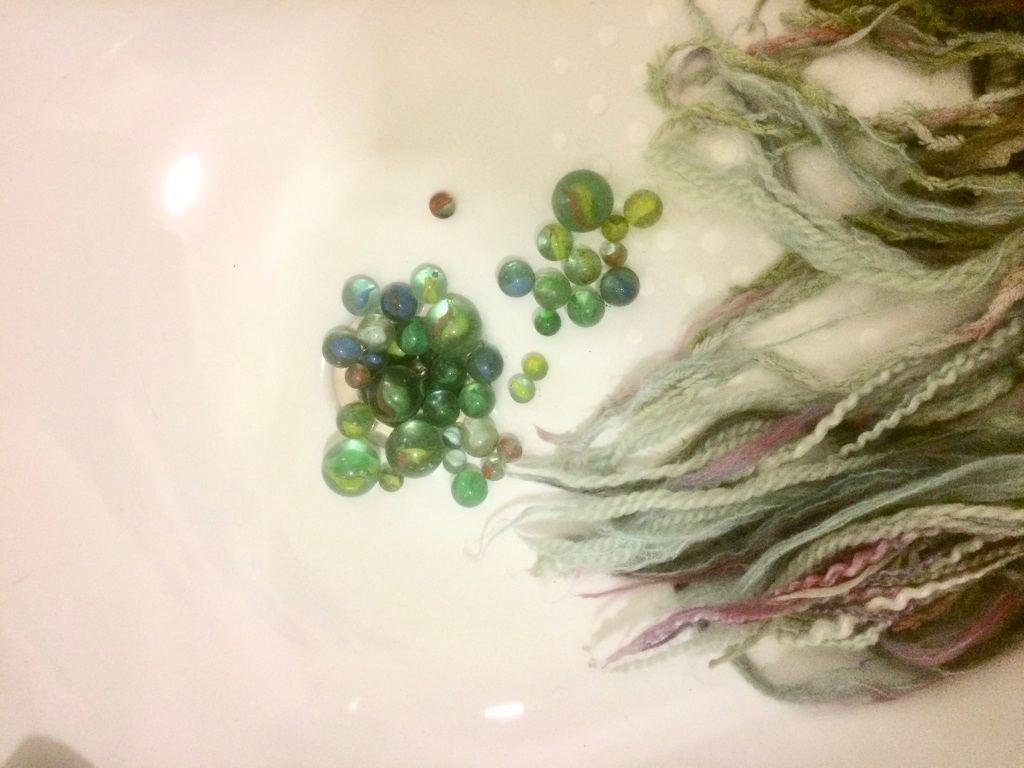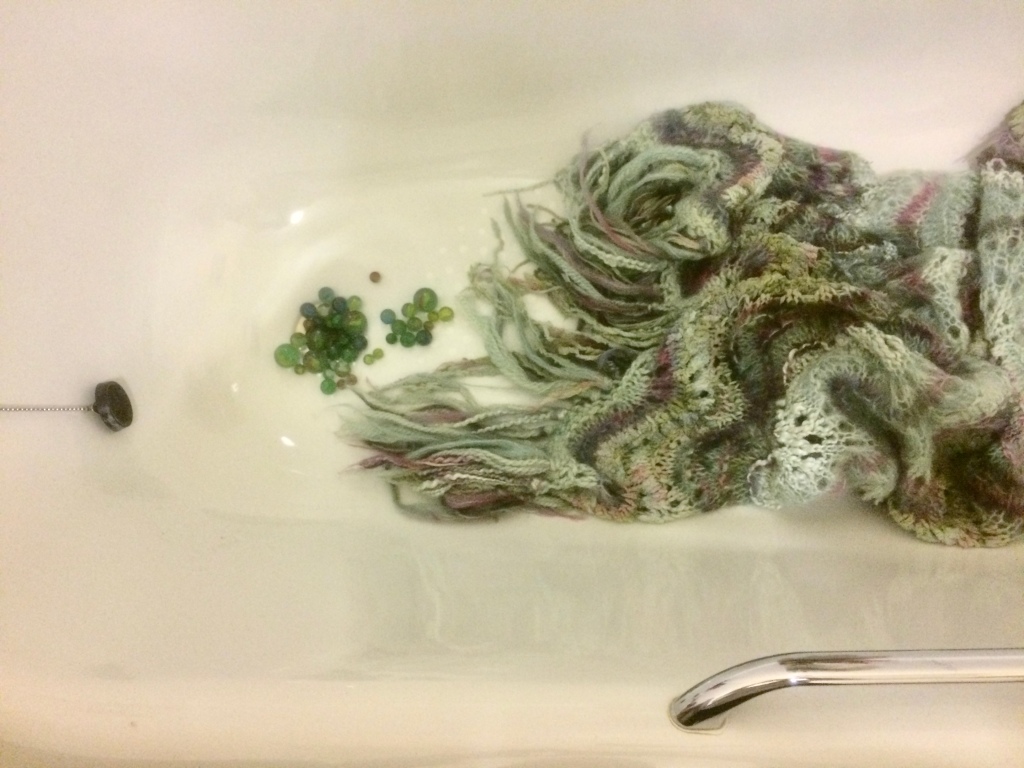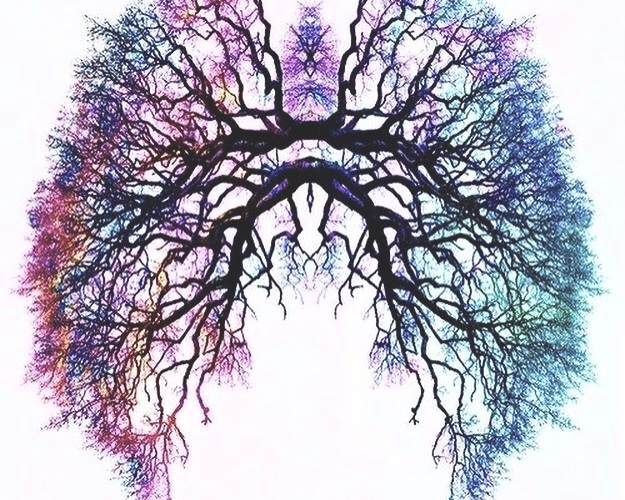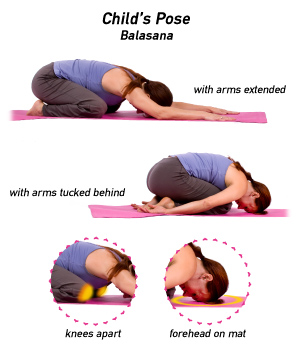

In the Five Element theory of the Tao water is a yin element other correspondences are; darkness, the moon, winter, gentleness, coolness, softness, the night, yielding and passivity. (Passively without negative connotations, more akin to stillness.)
We live in a world of yin deficit. Yin and Yang are not balanced. Yang is a fire element other correspondences are; light, the sun, summer, fierceness, heat, hardness, the day, activity and strength.
There is strength too in the yin element. Water wears down rocks, carves out river beds, can undermine cliffs until they fall. Water too, like fire, can destroy.
I think what this work is saying is let go of the stones that lodge in the heart, the hardness we hold in our bodies, embrace the yin elements, recognise our true nature is softness as much as hardness.
I suggest our purpose as humans is, in the process of rising to a more enlightened perspective and experience, is to unite the yin and yang elements; in ourselves, in relationship, in our world, in life and in the struggle as the struggle is, after all, part of life not aside from it.
I figure process is the key word here, not enlightenment as lightning strike, unless you are Ram Dass who famously wrote, “Be here now.” It’s a series of small incremental moments that become less and less fleeting with practice.
Every time we hold back from taking out our anger, every time we realise our vision has been clouded by the past; everytime we realise the wounds in our shadow have effected our perspective of events and behaviour toward another. And I could write a book about that believe me.
Every time we are able to genuinely say, “yeah, my bad.” Every time we are able to challenge another rather than judge, blame, shame or ghost them. I believe this awareness is realisation or enlightenment. Much of this I reckon, also requires yielding, a yin quality, to the higher self, the universe or God if you like. The Yang quality of that relationship is, I guess, acting with love in your heart, hence co-creating with god.
I figure it’s the foundation to see the world as it truly is. To see the true nature of reality, the true nature of ourselves and others, to eventually experience non-duality (which I’m still clueless about to be honest.) It takes practice that’s why I guess we call it practice.
The practice is mindfulness, not in the sense of the NHS proscribed CBT or worse monetarised Wellness industry but sitting in stillness and silence, or absorption in an arts practice or a manual trade. And that’s where people that repair, mend, build, have the advantage over academics who live in their heads.
I met a mountain climber in Rome who told me when he was in the process of a steep, dangerous climb, just about to reach the summit he would feel shivers even when sweating and the sun beating down. His eyes held a look of awe and wonder as he said this.
I’d asked him what he liked about climbing. It struck me that’s what I feel in deep meditation. I figure it’s the result of that single minded focus; one hand hold, one foot hold, after another enough, coupled perhaps with the awe of the view enough to bring one to a heightened state.
It’s not easy, to be present, to just be, none of this is easy, in my experience. We’re all on the path but some of us just don’t know it yet. Being conscious that the path is your path heightens the process for sure. I believe, paraphrasing Martin Luther King Jnr, at the end of his speech “I have a dream” we will all reach the mountain tops, someday.
+Not a permanent installation as I don’t have a spare bathtub, mores the pity!+
Materials wool, glass, metal.
A blog post by Anne Enith Cooper
Find my bio here
Contact me here
BACK TO HOME


